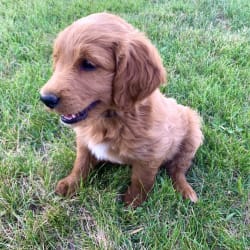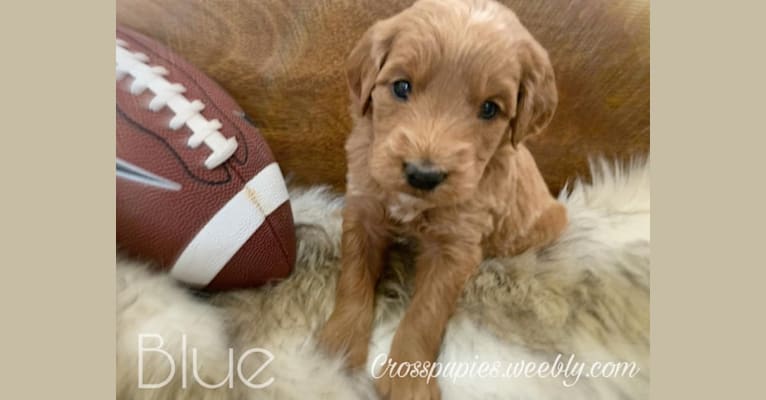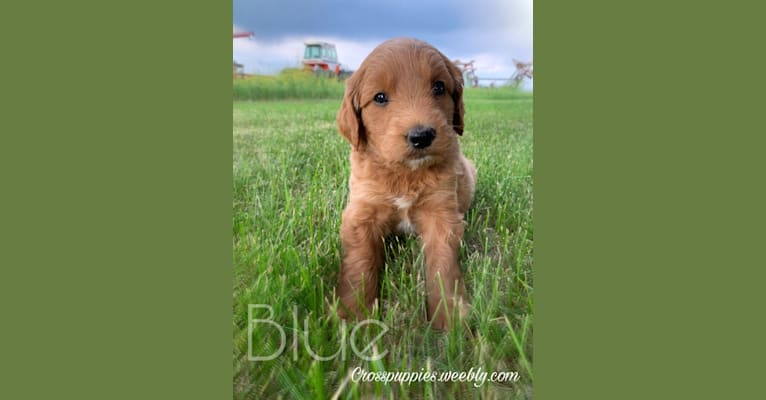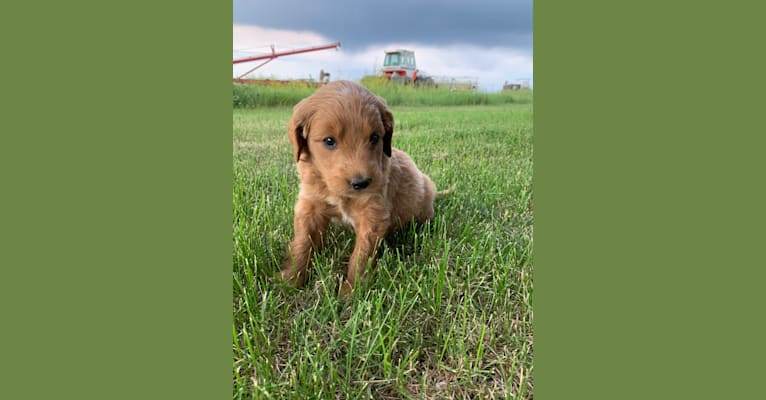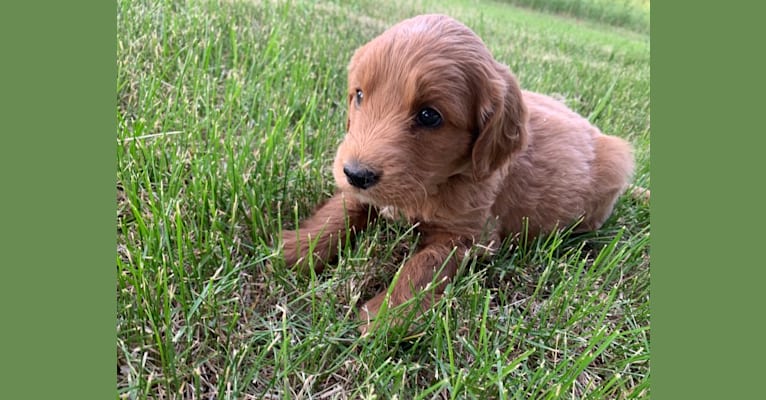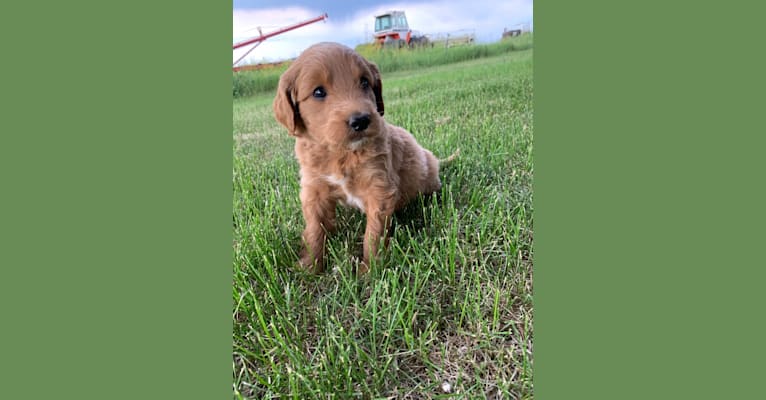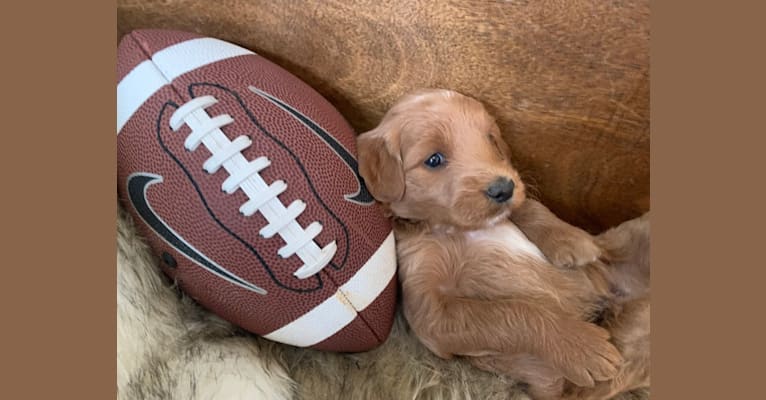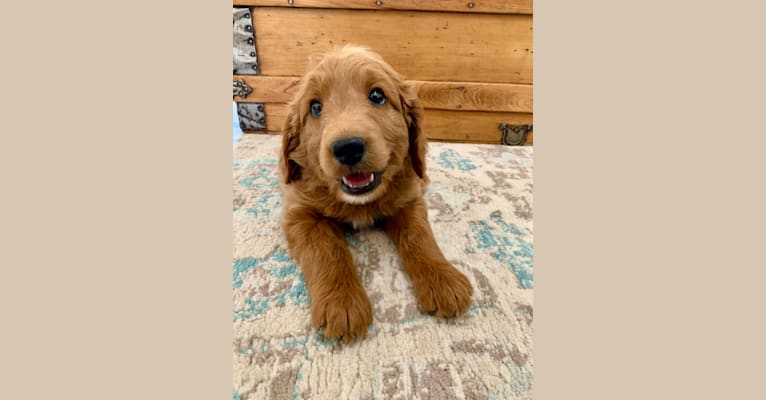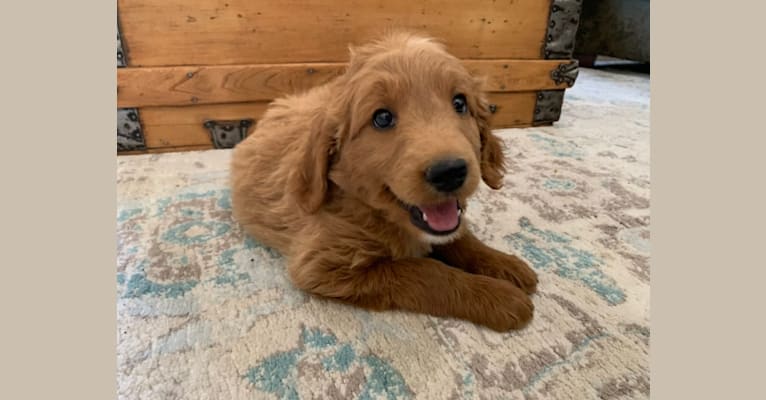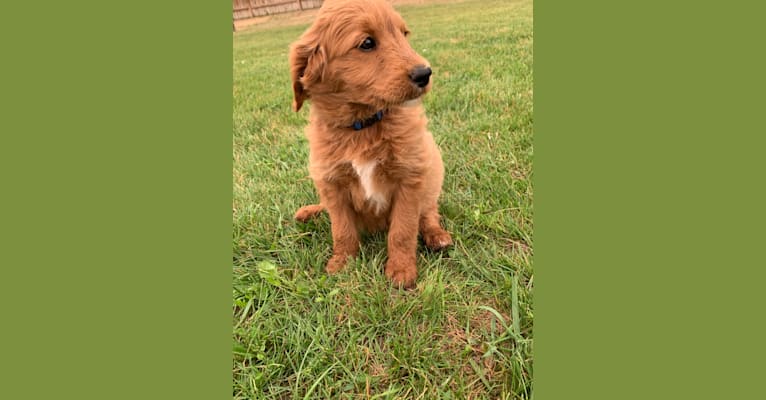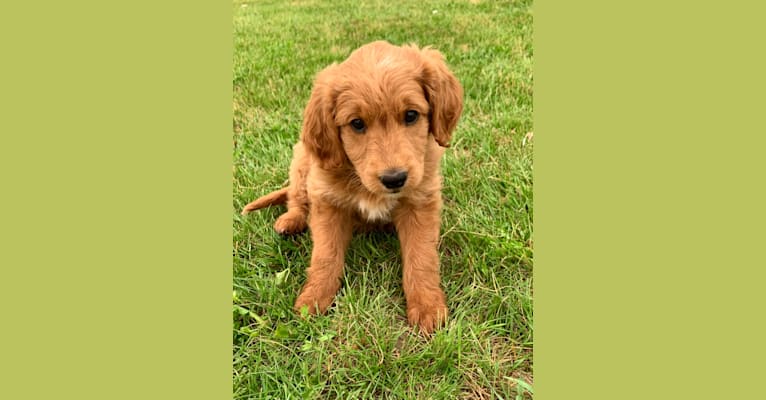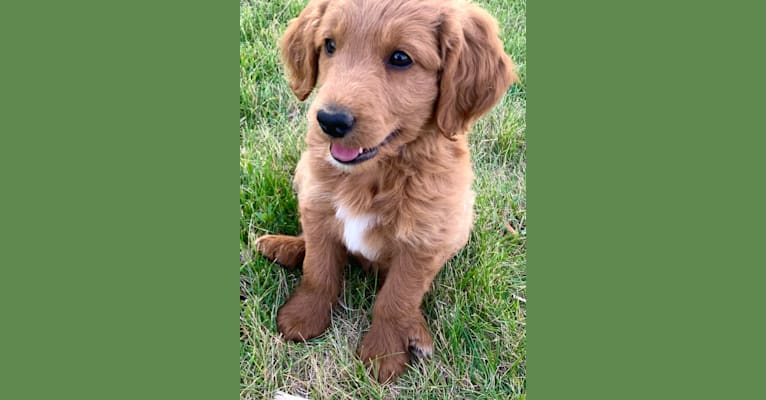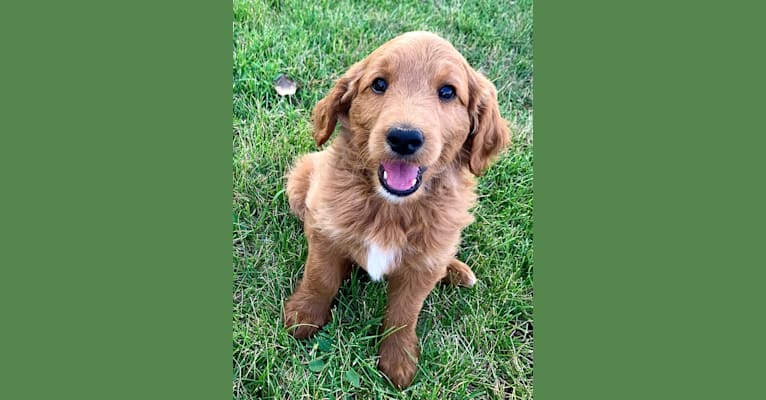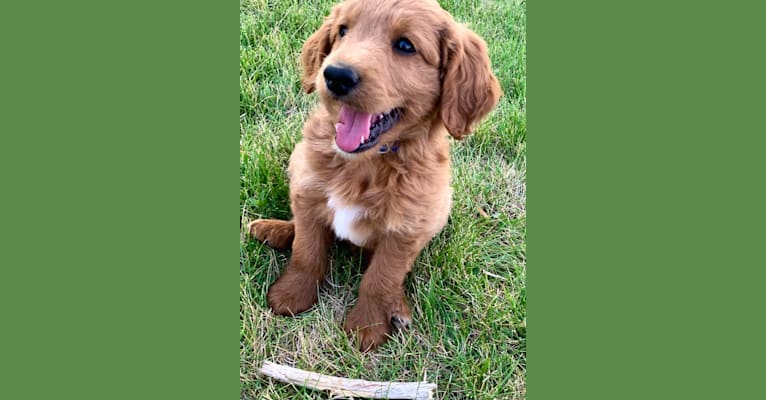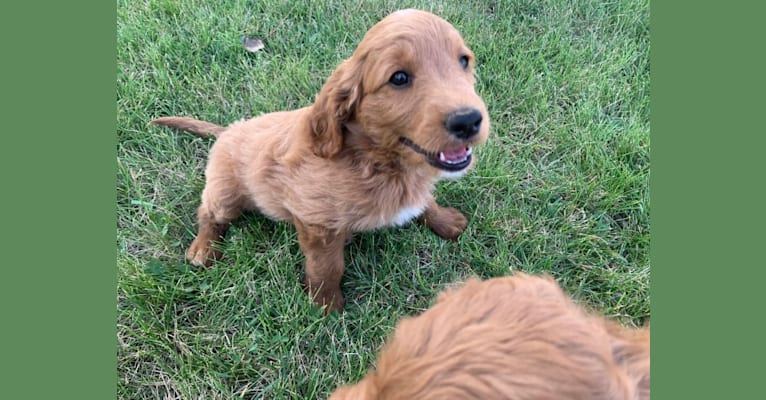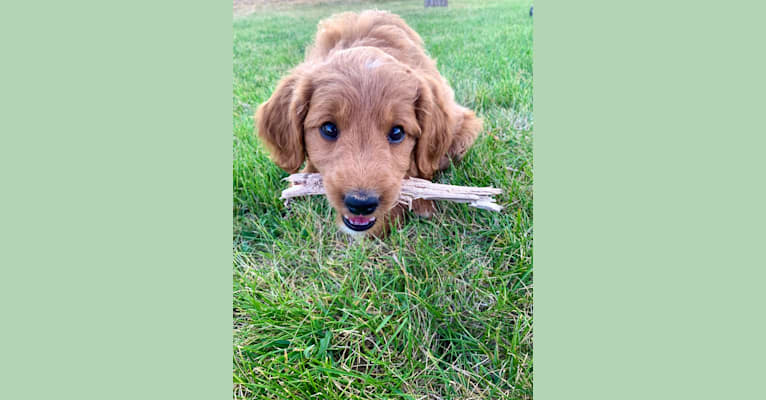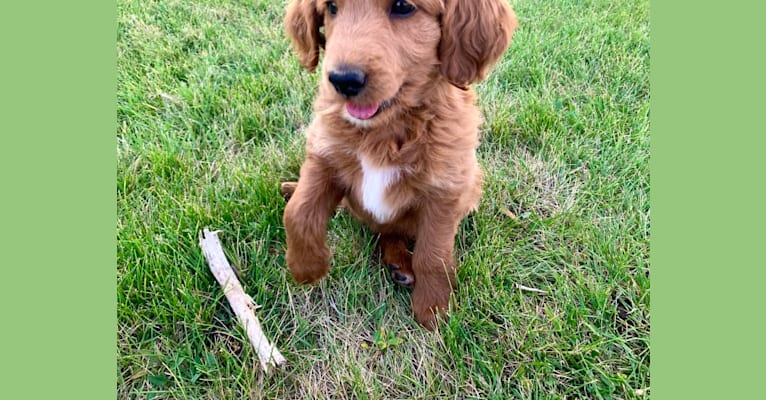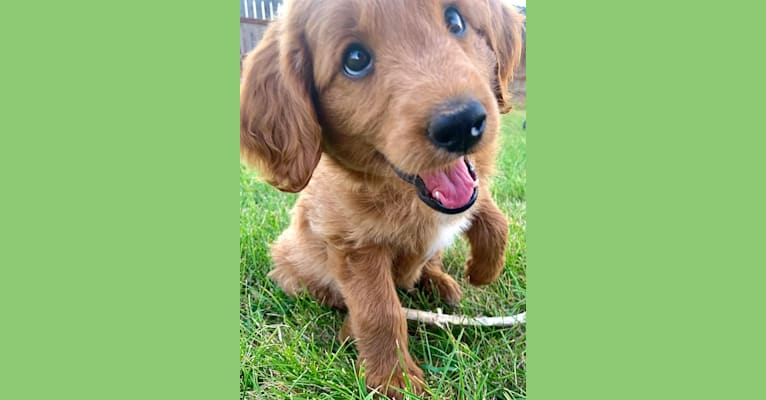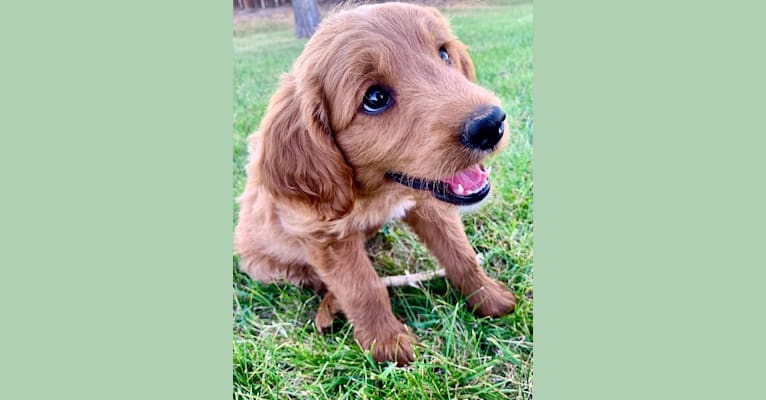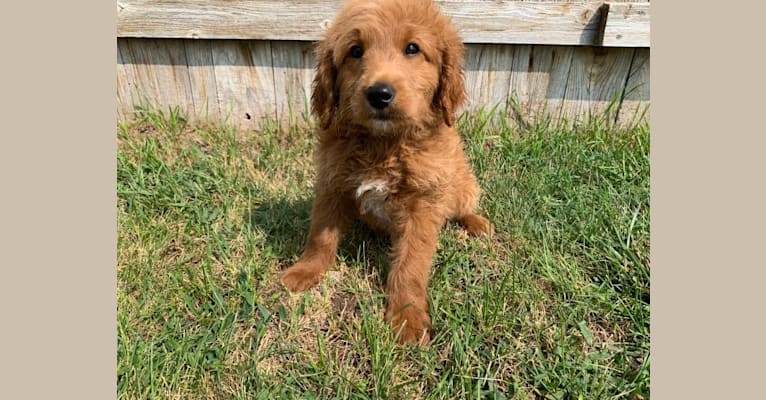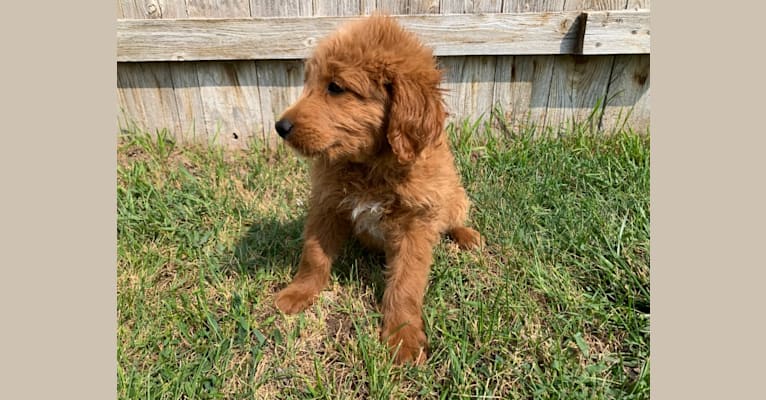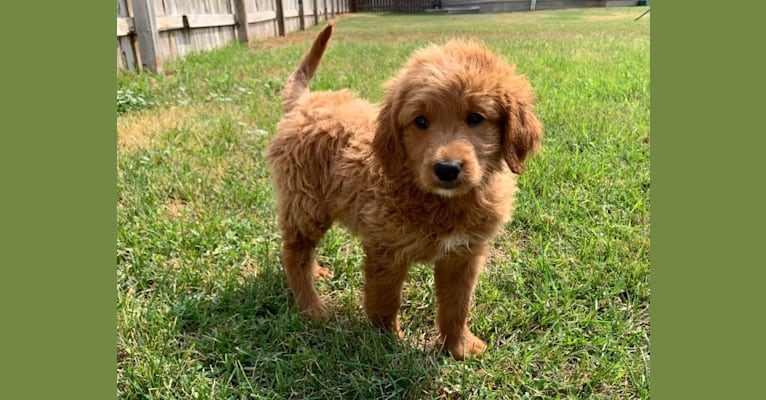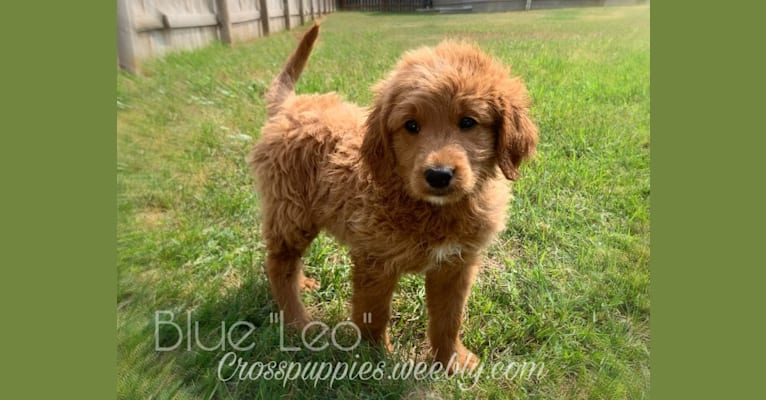Blue Collar inherited one copy of the variant we tested
“He has darling white marks on his chin and chest. He’s all play and tumble. He’d love for someone to take him for a good run and play fetch. If you need a friend to lift you up when you’re down. He will be there. Just don’t ask him to hold still to look good in pictures…. He just doesn’t understand why you would break his heart like that.”
Current Location
Idaho Falls, ID, USA
This dog has been viewed and been given 0 wags
Genetic Breed Result
Leo
Goldendoodle
50.0% Golden Retriever
28.3% Poodle (Small)
21.7% Poodle (Standard)
Golden Retriever
Developed as an ideal hunting retriever, the Golden Retriever's eagerness to please and friendliness has made them an extremely popular family pet.
Learn More
Poodle (Small)
A highly intelligent and playful dog, Miniature and Toy Poodles make for great lap dogs and companions.
Learn More
Poodle (Standard)
Known as the national dog breed of France, poodles were developed in Germany and are known for their loyalty and distinctive coat.
Learn More
Start a conversation! Message this dog’s owner.
